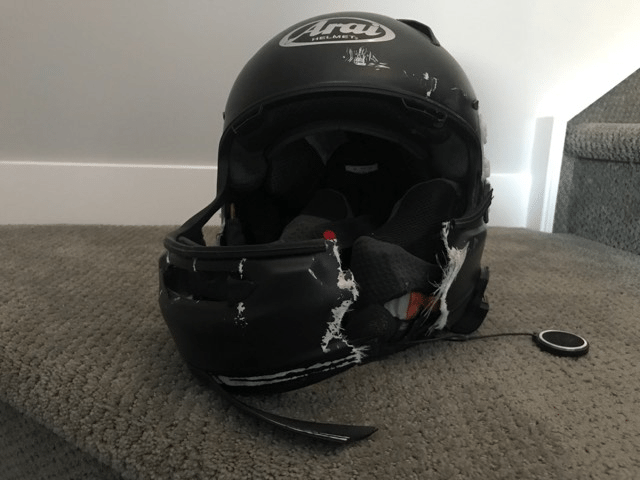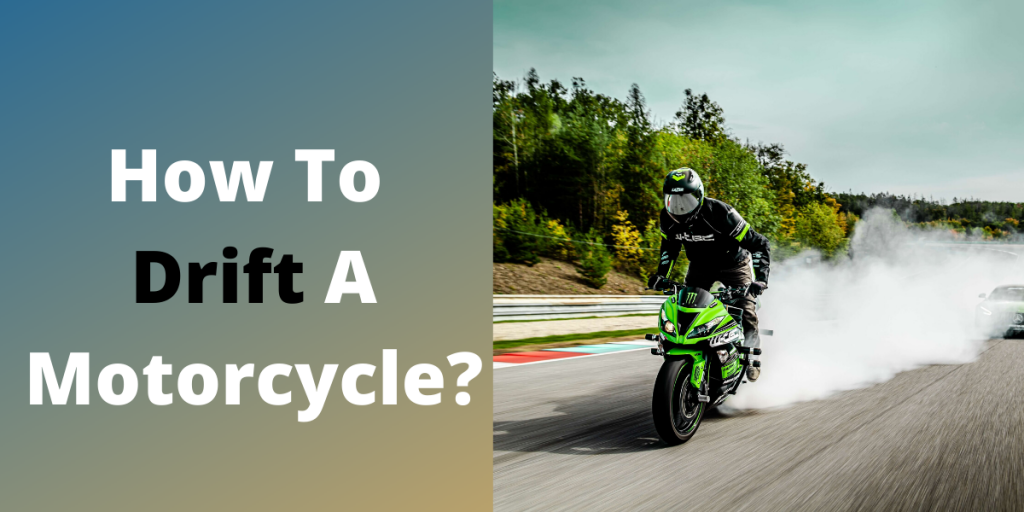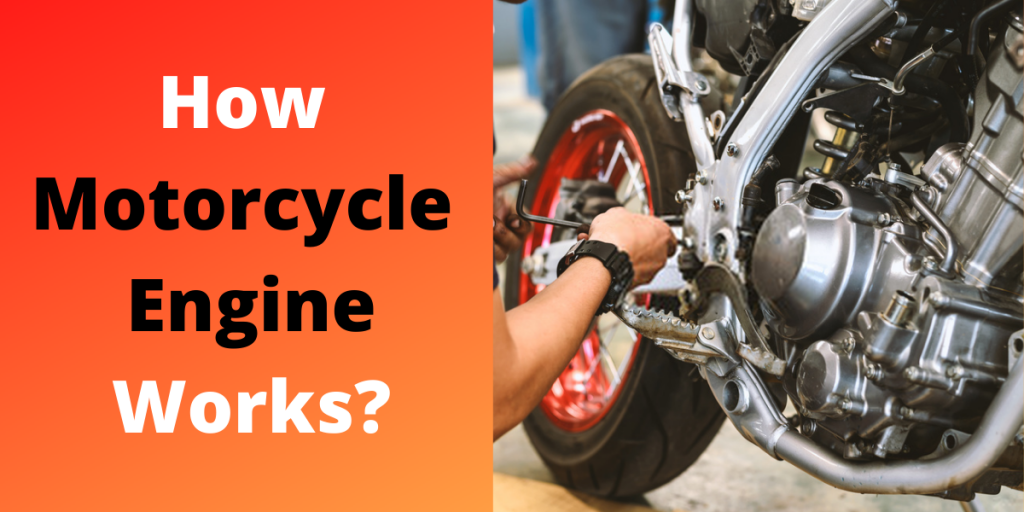For centuries, helmets have been essential protective gear, utilized by warriors and modern-day motorcyclists alike. As our understanding of head injuries has evolved, so too has the design and function of helmets. But do motorcycle helmets break upon impact? Let’s delve into this critical aspect of motorcycle safety.
Historical Insights
Throughout history, helmets have served various purposes, from identifying warriors in battle to protecting cyclists on the road. The evolution of helmet design reflects our awareness of the fragility of the human head and the need for effective protection against sudden impacts.
Understanding Kinetic Energy
To comprehend why helmets break upon impact, we must first grasp the concept of kinetic energy. Any object in motion possesses kinetic energy, and when that motion is suddenly halted, the energy must dissipate. Helmets play a crucial role in redirecting and absorbing this energy to mitigate the force transmitted to the head during an accident.
How Helmets Work
Modern motorcycle helmets consist of multiple layers designed to cushion and distribute impact forces. The inner foam layers are engineered to crush upon impact, absorbing and dissipating kinetic energy. This process helps decelerate the head more gradually, reducing the risk of traumatic brain injuries.
The Role of Outer Shell
The outer shell of a motorcycle helmet serves as the first line of defense against impact forces. While it may crack or break upon collision, this is a deliberate design feature intended to disperse energy and protect the wearer’s head. The breaking of the outer shell indicates that the helmet has effectively absorbed and redirected the majority of the impact energy.
Regulatory Standards
In regions with mandatory helmet laws, such as Georgia, helmets must meet stringent safety standards outlined by regulatory bodies like the Department of Transportation (DOT). These standards ensure that helmets undergo rigorous testing to assess their ability to withstand impacts and protect riders effectively.
Recognizing Helmet Damage
Even minor accidents or drops can compromise the structural integrity of a motorcycle helmet. While superficial scratches may be visible on the exterior, internal damage to the protective padding is often concealed. As such, it’s crucial to replace any helmet involved in an accident or subjected to significant impact to ensure continued protection.
Conclusion
In conclusion, motorcycle helmets are indeed designed to break upon impact, serving as a vital component of rider safety. By absorbing and dissipating kinetic energy, helmets help reduce the risk of head injuries during accidents. Understanding the role of helmets in protecting riders and adhering to safety standards is paramount for all motorcyclists. Remember, investing in a quality helmet could save your life on the road.



